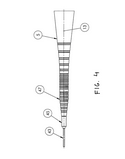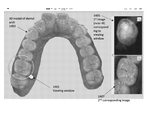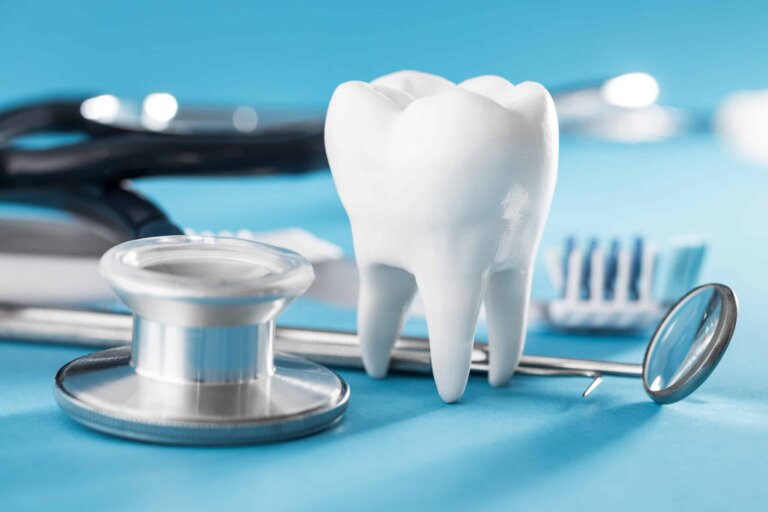Are you a dental professional improving on your field through innovations and ideas? The world needs more people like you! As you’re going through the process of designing new tools or processes, it’s important to have some type of legal protection in place. Intellectual Property is a complex area of the law, but when used correctly, it can make sure that your dental designs, tools, processes, and software inventions are protected from copycats and infringers. Luckily, firms like us at Bold Patents can help you navigate patents for your innovations with ease. We created this guide to get you started on patenting your dental diagnostic tools and software today.
Intro to dental diagnostics and software
Diagnostics tools are important for identifying dental issues and forming treatment plans for dentists and their patients. Every innovation that dental professionals make is progress toward dental care with less pain, more efficiency, and better results for patients. Let’s take a look at some of the categories that dental inventions often fall into.
 |
 |
 |
 |
| X-Rays and Imaging | IntraOral Cameras | Dental Lasers | Diagnostic Tests |
X-Rays and Imaging Software
X-rays are one of the most commonly used diagnostic tools in dentistry. They use low doses of radiation to produce images of the teeth, bones, and surrounding tissues. Dentists use X-rays to detect cavities, evaluate the health of tooth roots, and monitor the growth and development of teeth. Imaging software is then used to process and analyze X-rays and other diagnostic images. Together, X-rays and imaging software help dentists identify and diagnose oral health issues more quickly and accurately.
IntraOral Cameras
Intraoral cameras are small cameras that can be inserted into the mouth to capture detailed images of the teeth and gums. These cameras are often used to detect oral health issues that may not be visible to the naked eye and to get a better look at problems first identified by X-ray or other methods.
Dental Lasers
Dental lasers are used to detect cavities and for the treatment of gum disease. They emit a narrow beam of light that can be used to remove or reshape tissue.
Diagnostic Tests
There are many variations of diagnostic tests in the field of dentistry. Saliva tests are used to measure the levels of bacteria and can help identify oral issues like gum disease and oral cancers. Bite analysis tests evaluate how the teeth come together when closed and can help diagnose TMJ or misalignment of the teeth. Finally, sensitivity tests can determine if a tooth is sensitive to temperature or pressure. Tooth sensitivity can indicate a cavity, crack, or an infection.
Patents for Dentists and Dental Professionals
If you’ve come up with a new version of a dental diagnostic tool or software, the first thing you should do is protect it with a patent. Below are some examples of successfully patented dental inventions:
- IntraOral Scanner with Dental Diagnostic Capability
- System and Method for Automatic Detection of Dental Features
- Panoramic Imaging Apparatus and Diagnostic Imaging Method in Same Apparatus
- Mirror for Dental Examination
- Pulsatile Orthodontic Device
- Method and System for Enhanced Orthodontic Treatment Planning
- Method for Establishing Drill Trajectory for Dental Implants
Are you ready to Go Big, and Go Bold with your Dental Invention?
Whether you’re new to the legal world of patents and trademarks, or you’re an IP expert, our team of attorneys at Bold Patents want to work with you! We offer free resources on our blog to get you knowledgeable about the patent process. When you’re ready to take the first step toward protecting your invention, reach out to us! Schedule a free screening call to discuss how you can become a Bold Client and Inventor. Get your patent secured! Work with Bold.

